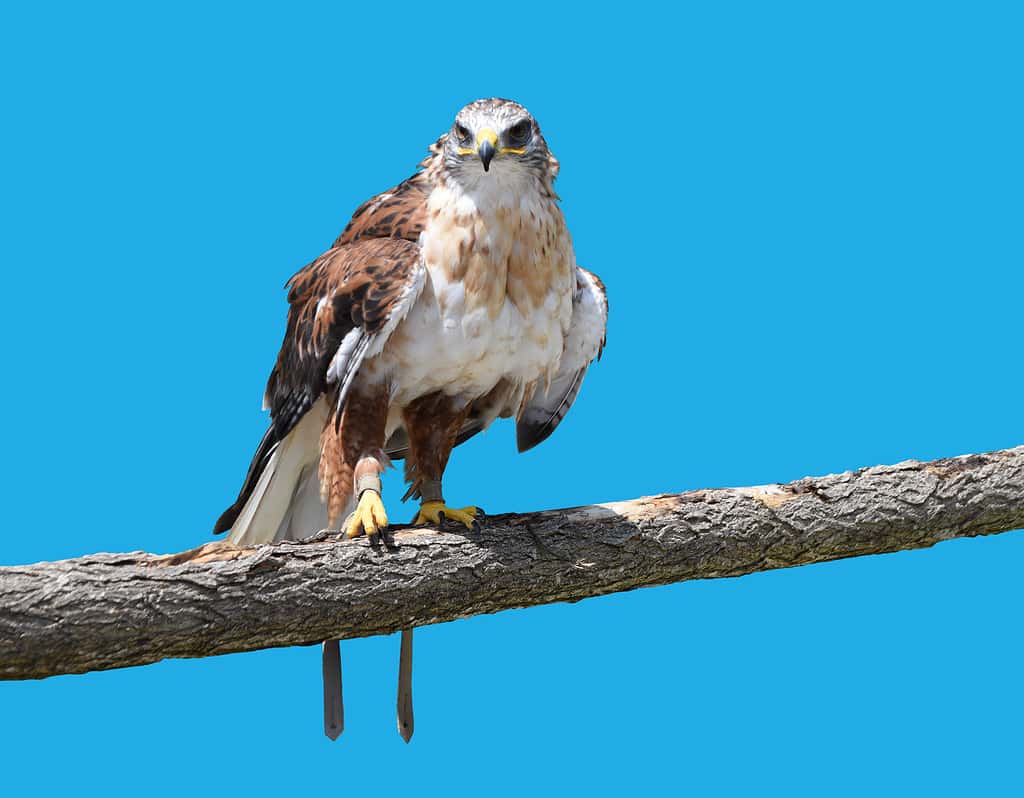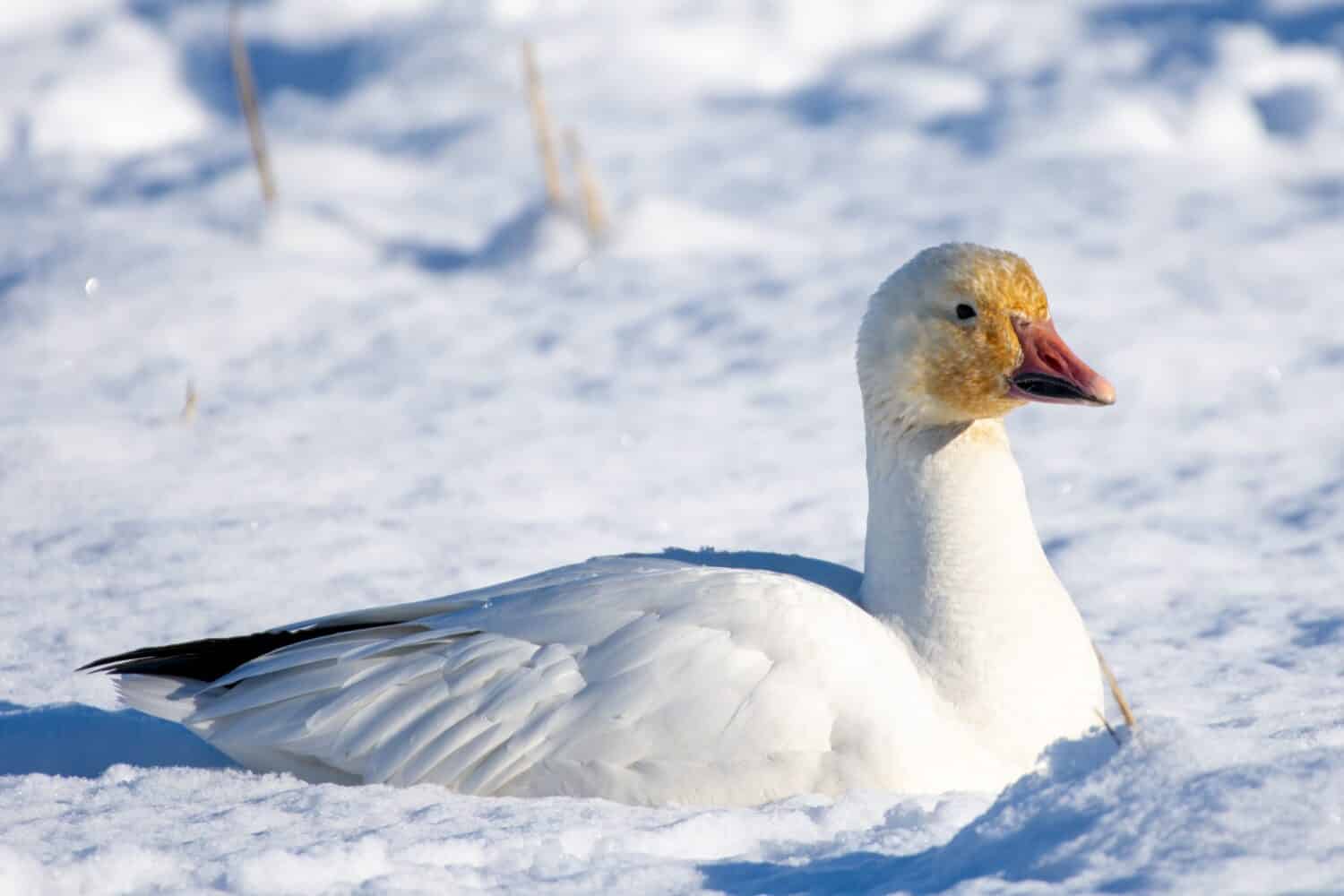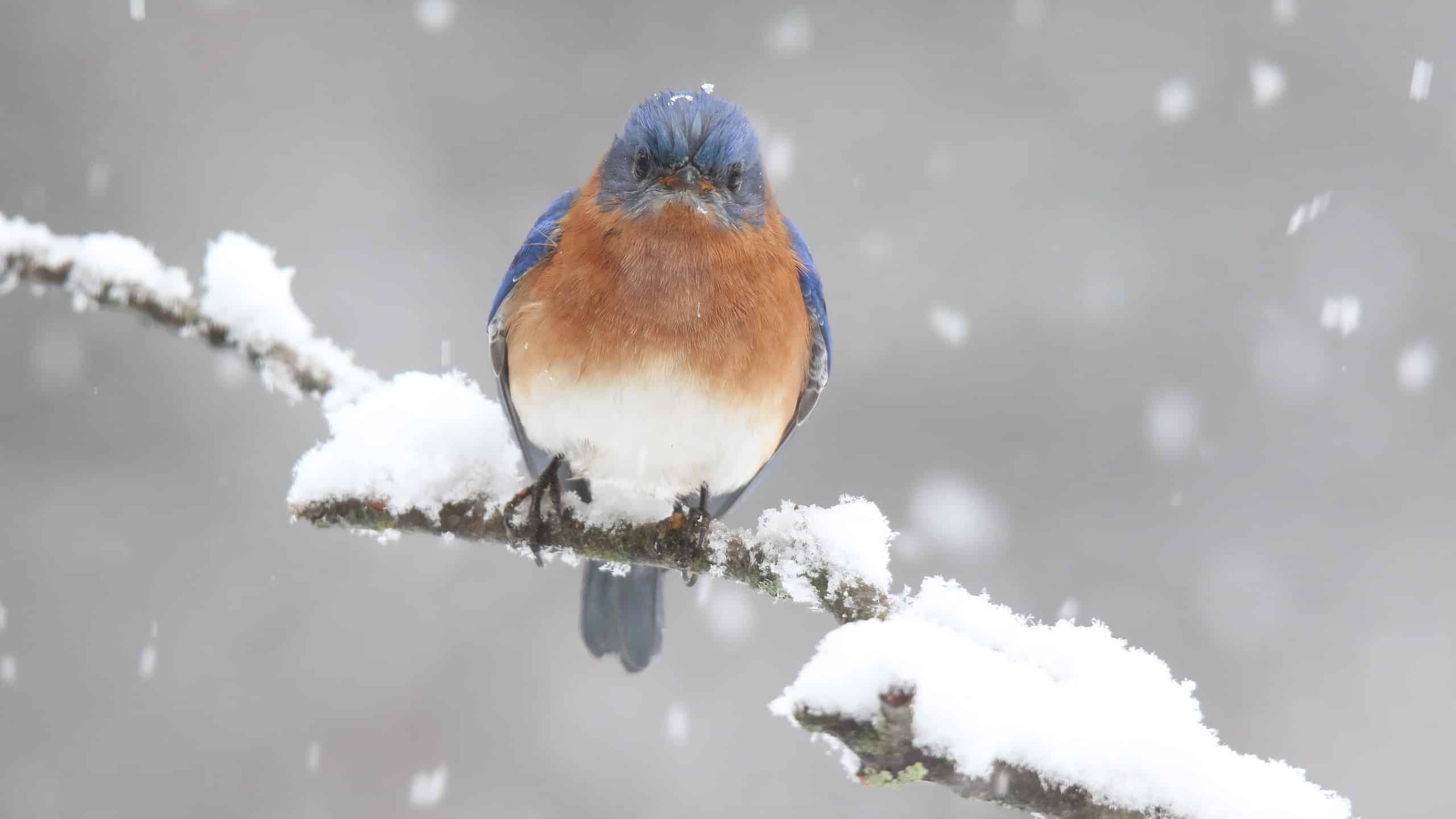You may be familiar with the terms “warm-blooded” and “cold-blooded.” It may be easy for some animals to tell which category they fall into. Humans, for example, are warm-blooded, while reptiles like snakes are cold-blooded. However, are birds cold-blooded or warm-blooded?
To learn the answer to this question and more, continue reading below!
Cold-Blooded vs. Warm-Blooded: What’s the Difference?
Before diving more into the differences between these two terms and which one applies to birds, it may help to know the scientific terms. When scientists describe animals, they don’t usually use the words cold-blooded or warm-blooded. Instead, they use the terms ectotherm and endotherm (respectively).
Ectothermic animals are those that cannot regulate their body temperature. Instead, their temperature is dependent on their environment. If it is too cold, they cannot generate warmth independently and will instead rely on warm surfaces, such as sun-heated rocks. When it becomes too cold, many ectothermic species will go dormant, or at least partially, for the season. Examples of ectothermic species include most fish, invertebrates, snakes, lizards, and other reptiles.
Endothermic animals can regulate their temperature in one way or another. For many endothermic animals, this is done through sweat. When the body becomes too hot, these animals are able to produce sweat to cool them down. Other endothermic animals, such as moose that cannot sweat, may cool themselves by breathing out hot air and in cool air to cool their body temperature. Examples of endothermic species include humans, mammals, and certain fish.
In summary, the main difference between cold-blooded vs. warm-blooded animals depends on how dependent they are on their environment in regulating body temperature.
Are Birds Cold-Blooded or Warm-Blooded?
Now that you know more about the differences between cold-blooded and warm-blooded organisms, you may wonder where birds fall. After all, birds don’t sweat like we do, but we don’t see them sunbathing on rocks for warmth.
Birds are warm-blooded animals or endotherms. They can regulate their body temperature. When temperatures are too hot for them to reside comfortably, they can open their bills and exhale hot air from the body. When it is too cold, they can use their feathers to help trap their body heat closer to their skin, like a built-in jacket.

All species of birds are warm-blooded or endothermic.
©abenton/ via Getty Images
Why Is It Important That Birds Are Warm-Blooded?
One of the main reasons birds being warm-blooded is so important is that they are found worldwide. Take penguins, for instance. Between their ability to generate their body heat and the feathers and blubber they possess to trap it, they can keep warm in one of the most extreme environments on Earth.
If birds weren’t endothermic organisms, they would be severely limited in where they could survive. Species of birds that live in extreme deserts or tundras likely wouldn’t be able to exist, not in the forms we know and love today. An ecothermic, or cold-blooded, species has a body temperature that matches their environment.

If birds weren’t warm-blooded, species like penguins would be unable to survive the extreme temperatures they live in.
©iStock.com/Coldimages
Are All Birds Warm-Blooded?
All species of birds are warm-blooded. This includes the species you may see in your backyard, like songbirds and hawks, and rarer species like ostriches and penguins.
What Is a Bird’s Body Temperature?
A bird’s exact internal body temperature depends on their species. However, on average, most birds have a body temperature between 102 and 109 degrees Fahrenheit.
How Do Birds Create Body Heat?
To maintain this specific temperature range, birds have several adaptations to stay warm, even when cold. One way this is done is through contracting their muscles in an action similar to shivering. These tiny muscle contractions generate energy, which translates into body heat. They can also fluff their feathers, which allows them to insulate themselves better. Better insulation means less heat gets out and less cold gets in.
In some species that are more tolerant of other individuals, you may even see birds huddling together. This is especially common in smaller passerine species. They will often flock together on branches or powerlines. This allows them to share in one another’s body heat, helping keep themselves and the other birds tucked close and warm.
Birds also have specialized scales on their legs to keep them warm despite having no feathers. This helps minimize the amount of heat loss to the cold. Certain species, especially waterfowl, often stand on one leg or sit completely. This helps to keep their extremities warm. You may even see them tuck their bills into their feathers. This works in two ways to help maintain their body temperature by warming their bill and allowing them to breathe in warmer air.

Birds have many different techniques for staying warm.
©kingma photos/Shutterstock.com
Thank you for reading! Have some feedback for us? Contact the AZ Animals editorial team.








